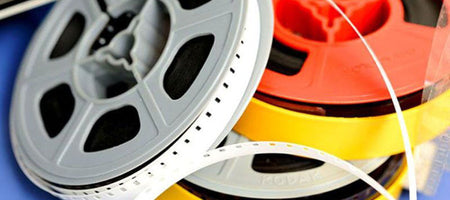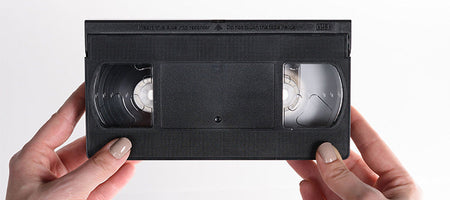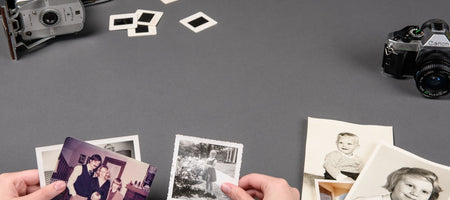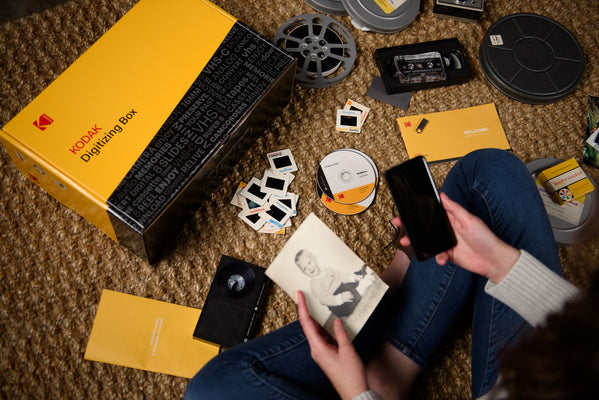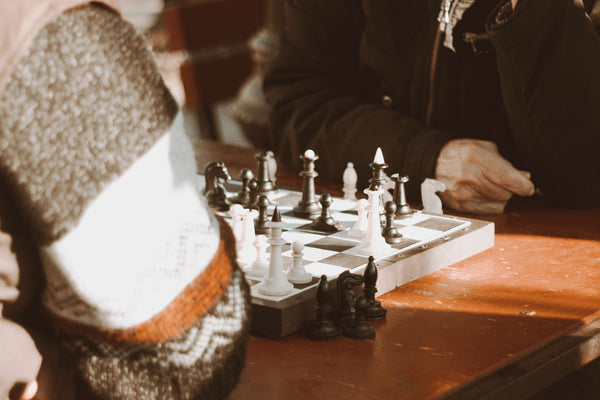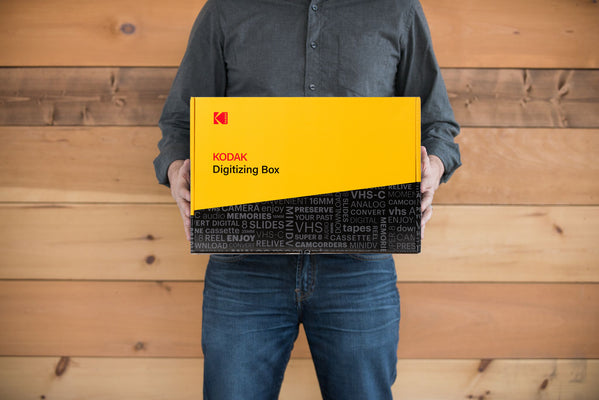We’ve all experienced it at one time or another in our life. That feeling of a past memory flooding the mind because of a certain smell, taste, sight or sound. It’s called nostalgia and it’s a powerful emotional reminder often triggered by some sort of sensory stimulus.
But how does the process behind nostalgia work in our brains? What connects the dots between something we’re currently experiencing with something we previously remember experiencing?
Let’s get the scoop on nostalgia and your noggin.
Nostalgia and how it affects the brain
To better understand how the brain feels when it triggers nostalgia, let’s look at what’s physically happening inside the brain during moments of nostalgia. When you experience nostalgia, it stimulates metabolic activity and blood flow throughout several regions of the brain, including the frontal, paralimbic, limbic and midbrain. That’s a lot of surface area firing on all cylinders
Nostalgia and your emotions
For those who get their biggest doses of nostalgia through music, tend to experience a surge of activity in the inferior frontal gyrus, substantia nigra and cerebellum. Additionally, people who tend to tip the sadness meter on the Affective Neuroscience Personality Scale are more prone to experience nostalgia, more than likely as a result of being more in touch with their emotions and feelings. But don’t let that fool you into thinking that nostalgia is a sad emotion or disorder, in fact, research has proven to show nostalgia as a feel good trait that exhibits comfort and resilience, kind of life a mental comfort blanket.
Infusing good feelings into the brain
Just like you’d experience other pleasurable experiences, those same reward centers of the brain, which include the hippocampus, the substantia nigra and ventral areas, are engaged, firing on all cylinders during times of nostalgia. It combines both our memories and our internal brain’s reward system. It’s why hearing a song from the past – not even a favorite song – can elicit feelings of a pleasant past emotion. Similar to how you feel when driving down the street you grew up on or touring the halls of your former high school. Those memories are rooted deep in our memories and nostalgia brings them to the surface.
If your brain is fondly reeling back to the past after reading about nostalgia’s effects, then maybe it’s time you captured that nostalgic lightning in a bottle. Start by scouring your home for all your old photos, home videos, film reels and mixtapes, then send them in to get digitized. After-all, if nostalgia can help you comfortably tap into positivity and resilience, then what are you waiting for? Get your old media digitized today because it’s good for your brain. Science says so.

